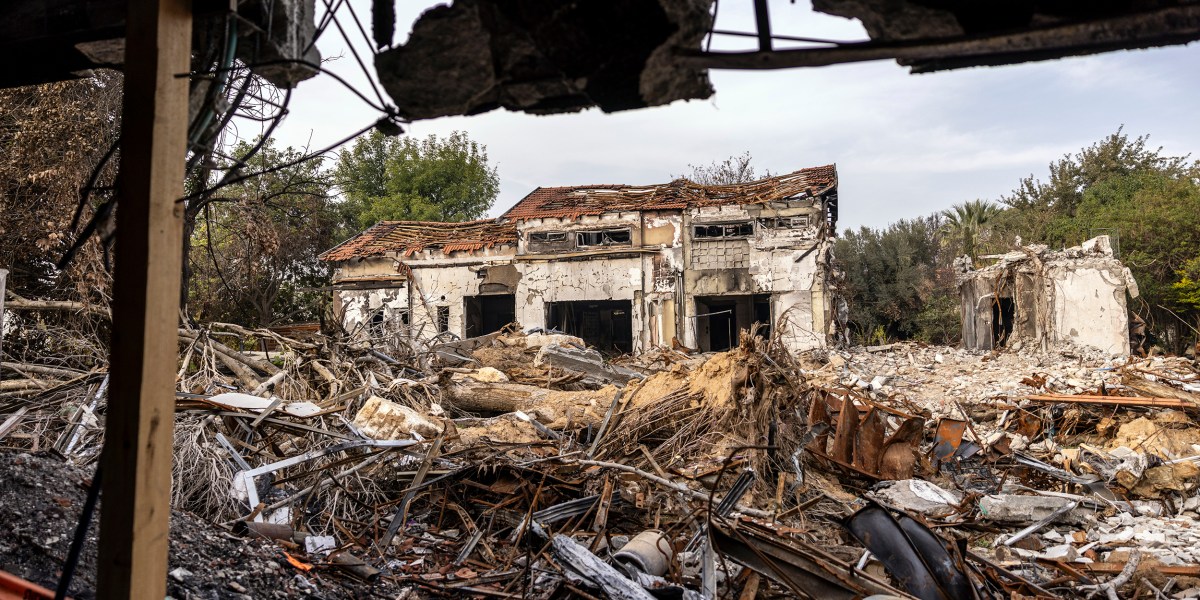Two of the three victims specifically singled out by the New York Times in a marquee exposé published in December, which alleged that Hamas had deliberately weaponized sexual violence during the October 7 attacks, were not in fact victims of sexual assault, according to the spokesperson for the Kibbutz Be’eri, which the Times identified as the location of the attack.
The Times article described three alleged victims of sexual assault for whom it reported specific biographical information. One, known as the “woman in the black dress,” was Gal Abdush. Some of her family members have contested the claims made by the Times. The other two alleged victims were unnamed teenage sisters from Kibbutz Be’eri whose precise ages were listed in the New York Times, making it possible to identify them.
When asked about the claims made by the New York Times, Paikin independently raised their name. “You’re talking about the Sharabi girls?” she said. “No, they just — they were shot. I’m saying ‘just,’ but they were shot and were not subjected to sexual abuse.” Paikin also disputed the graphic and highly detailed claims of the Israeli special forces paramedic who served as the source for the allegation, which was published in the New York Times, the Washington Post, CNN, and other media outlets. “It’s not true,” she told The Intercept, referring to the paramedic’s claims about the girls. “They were not sexually abused.”


According to the UN
Or is the UN an Israeli propaganda machine, now?
Since that UN report is citing Zaka (40 beheaded babies) as a “credible source,” it is indeed complete propaganda.
New breaking points video debunking this report with an important takeaway:
The UN is not a monolith. There are certain employees fully willing to spread certain narratives, and this is one of them.
You are disgusting human being.
The truth must hurt you a lot. I’m sorry.